
The United States boasts an impressive network of national parks, preserves, and protected areas, which collectively contribute to the conservation of its diverse ecosystems and wildlife. It’s vast and varied geography, spanning from coastlines to mountains, forests to deserts, provides habitat for numerous species—each of whom plays an integral role in maintaining the balance of their ecosystem.
But within the country’s borders, a troubling narrative unfolds. According to EPA.gov, over 1,300 species are listed as either endangered or threatened in the United States under the Endangered Species Act.
Here are just a few of their stories.
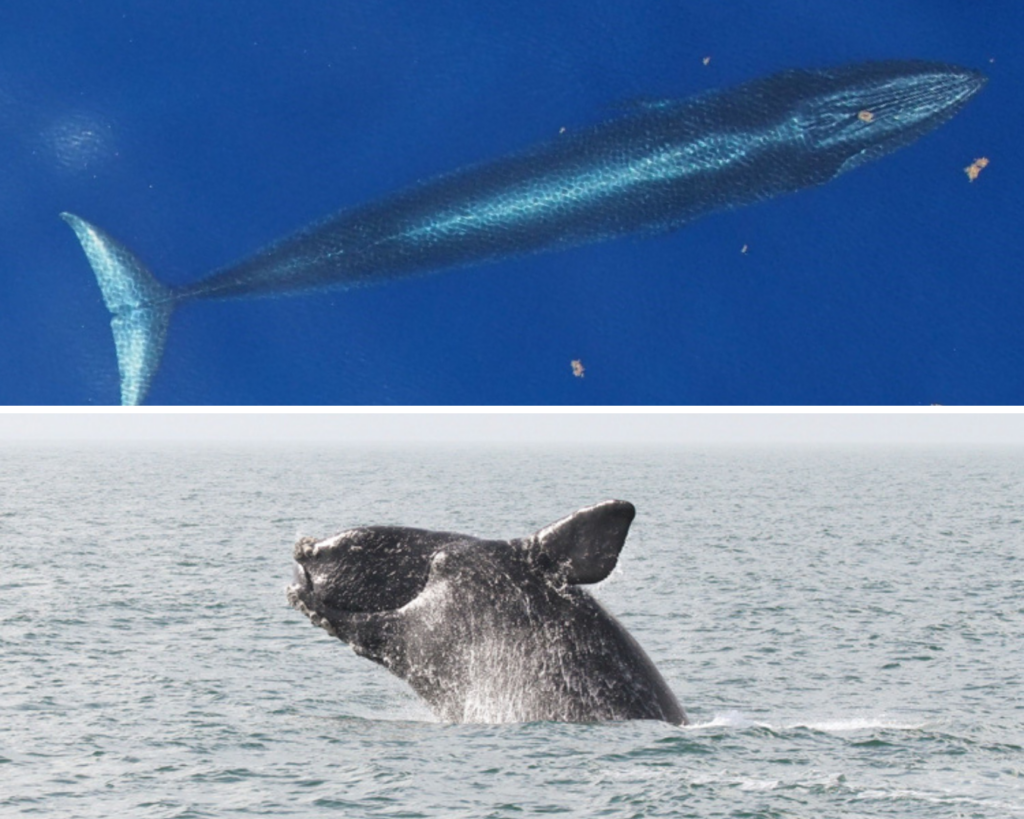

Whales
Whales face danger globally, even when living or traveling in U.S. waters. Two such species are the critically endangered North Atlantic Right Whale and Rice’s Whale, a year-round resident of the Gulf of Mexico. The greatest threats for each include vessel strikes, entanglement in fishing gear, ocean noise from ships and oil drilling, and pollution that leads to poor health and reproductivity problems. We know that whales are sentient, intelligent beings. That alone makes them important. But whales offer another value to the planet. Their bodies act as carbon sinks, meaning they absorb and store more carbon than they release. The longer a whale lives, the more carbon its body stores, helping to suppress climate change.
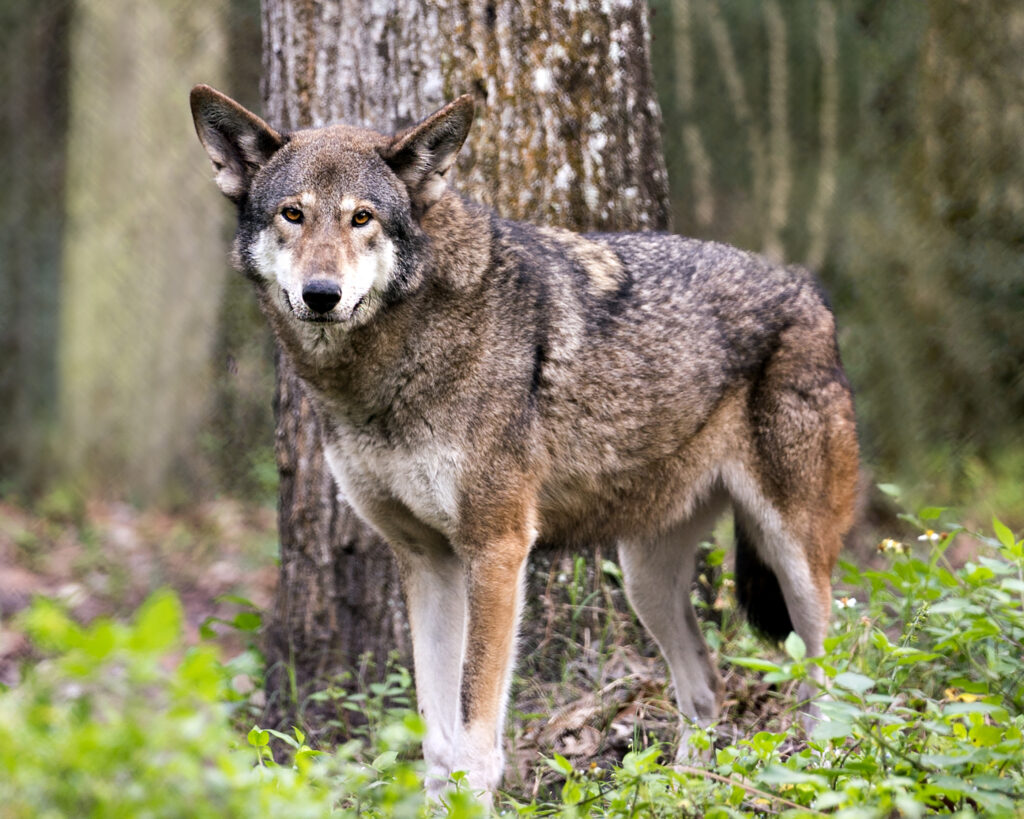

Red Wolf
One of the most critically endangered canids, the red wolf once roamed large portions of the southeastern United States. After nearly becoming extinct due to habitat loss and human conflict, wild red wolves can be found only on the Albemarle Peninsula in eastern North Carolina. Since their North Carolina reintroduction, and after a brief and failed reintroduction to the mountains of Tennessee, red wolves continue to be controversial among landowners, government, and conservationists. However, like other wolves, red wolves can be significant in their ecosystems by keeping deer populations and smaller animals, such as rodents, under control.
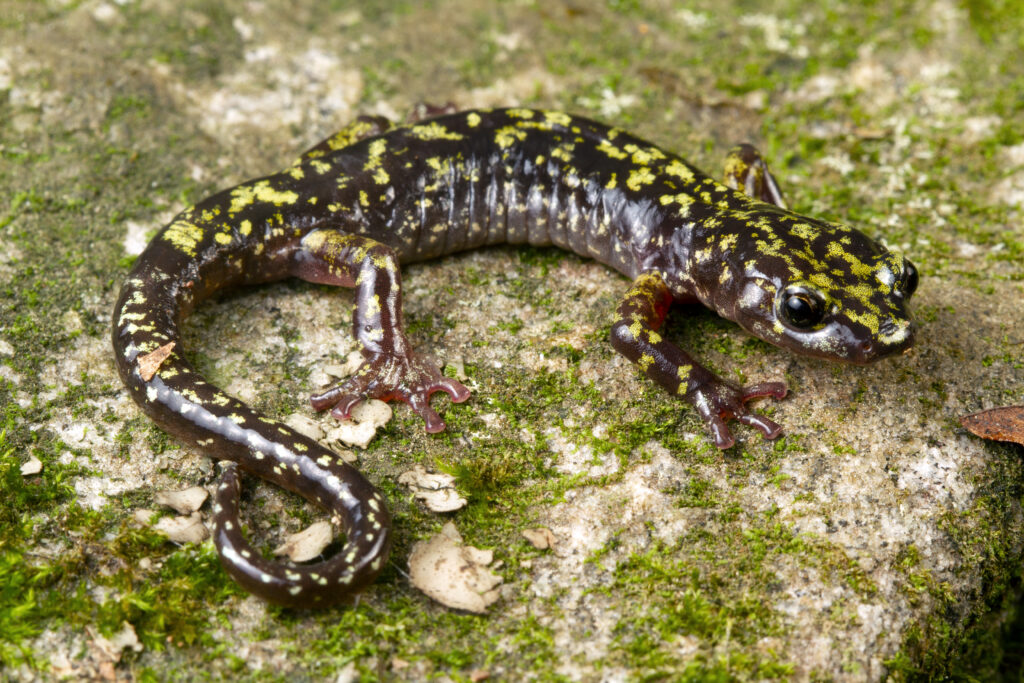

Hickory Nut Gorge Green Salamander
Native to the North Carolina Hickory Nut Gorge, this speckled green and brown salamander was only recently discovered to be a unique species. Impacted by many of the other threats found in this list – climate change, loss of habitat, invasive species, and disease – the Hickory Nut Gorge green salamander is also a victim of the illegal pet trade and appears to be particularly popular in Europe. The eastern United States has the highest diversity of salamanders in the world, but their numbers are dwindling. According to Carolina Conservancy, it’s estimated that the Hickory Nut Gorge green salamander population has dropped by 56% in the past 20 years, and 50% of all salamander species are at risk.
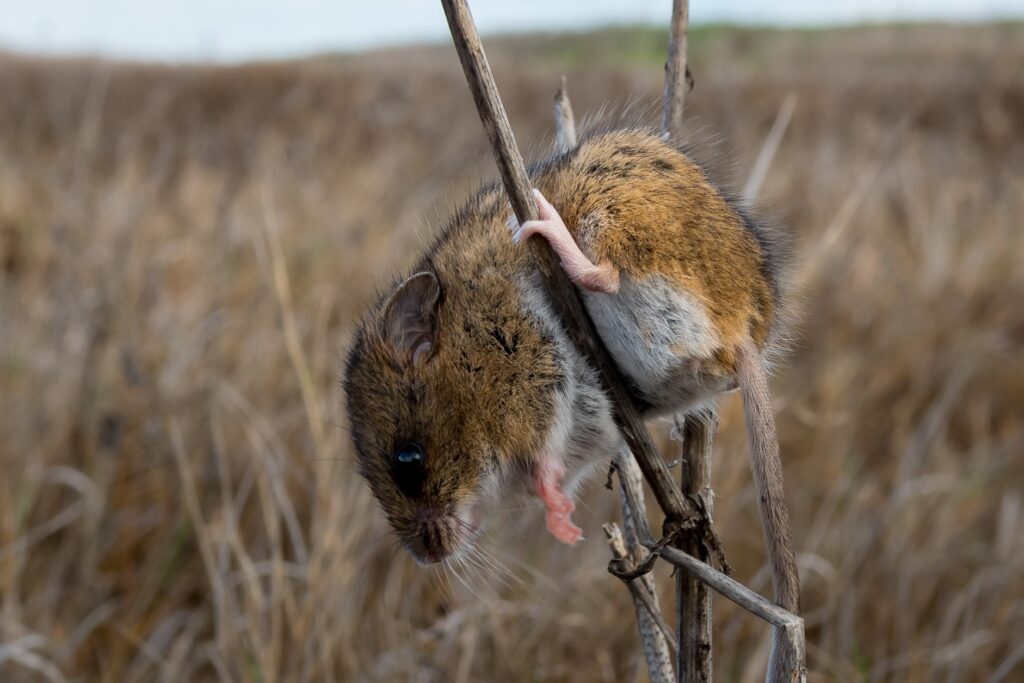

Salt-Marsh Harvest Mouse
Endemic to the saltwater marshes around the San Francisco region, this little one is no apex predator. House cats are one of the biggest threats to the Salt-Marsh Harvest Mouse, along with habitat destruction due to urban development. These small rodents are highly adaptive, with the ability to drink saltwater and eat saltwater plants, tread water for hours, and use their tails like an extra limb while climbing. While Salt-Marsh Harvest Mice have demonstrated unusual and unexpected abilities to adapt to naturally changing landscapes, human interference may be too much for them to survive.
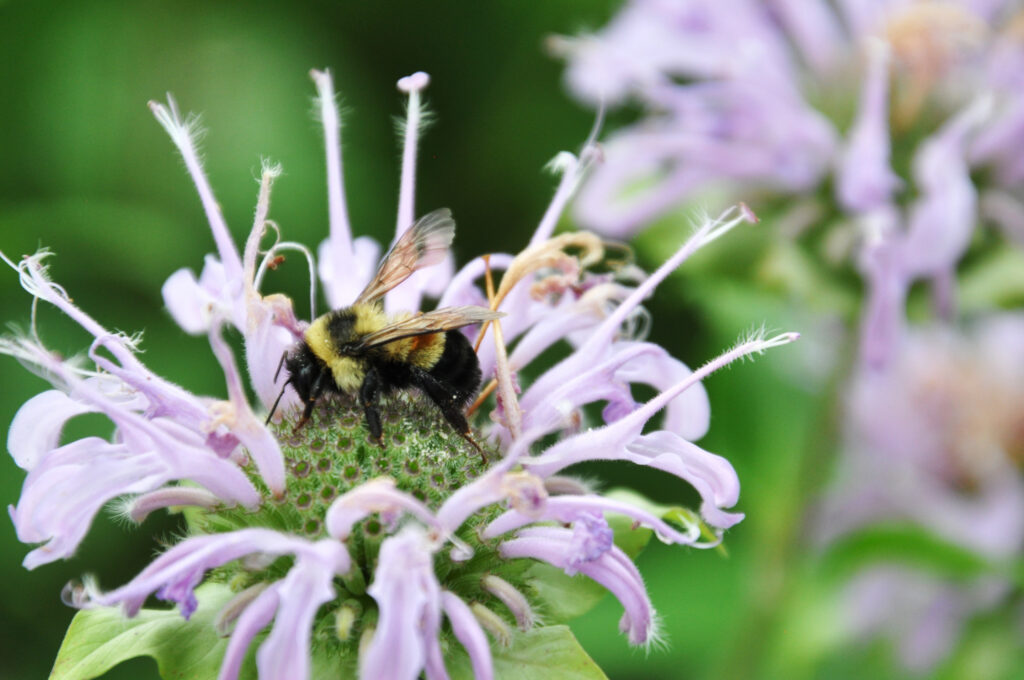

Bumble Bees
Of the 46 listed bumble bee species found in the United States, six are deemed vulnerable, two are categorized as endangered, and another six are considered critically endangered, including the Rusty Patched Bumble Bee. Global trends indicate a decline in bumble bees due to habitat loss, pollution, pesticides, climate change, and other factors. While these pollinators get less attention than their honeybee cousins, the U.S. Fish and Wildlife Services argues that “bumble bees are keystone species in most ecosystems.” Their pollination supports wildflowers and plants that produce seeds and berries, which feed birds and other animals.
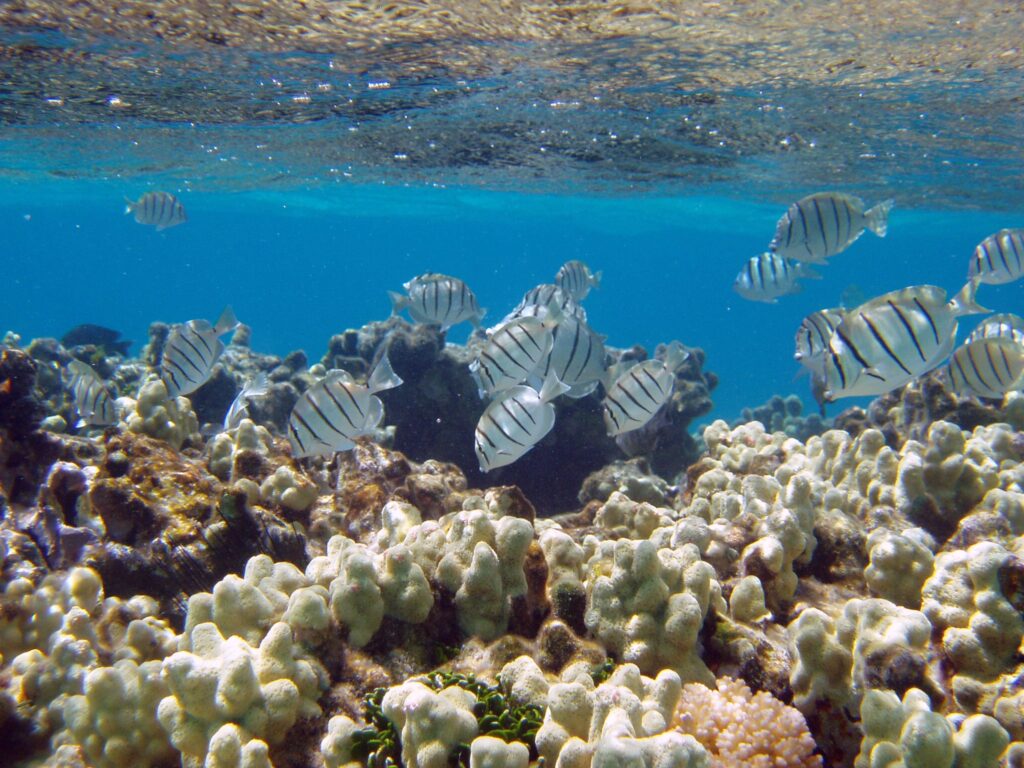

Corals
Corals aren’t just found in far-flung areas of the tropics. While more than 60% of U.S. corals are located around the Hawaiian Islands, Florida is home to the world’s third-largest coral reef system. Yet, coral reefs are endangered due to many threats, including warming waters, disease, ocean acidification, development, and overfishing. That means all life sustained by coral reefs is also threatened – including people who use the reefs for food and livelihoods.
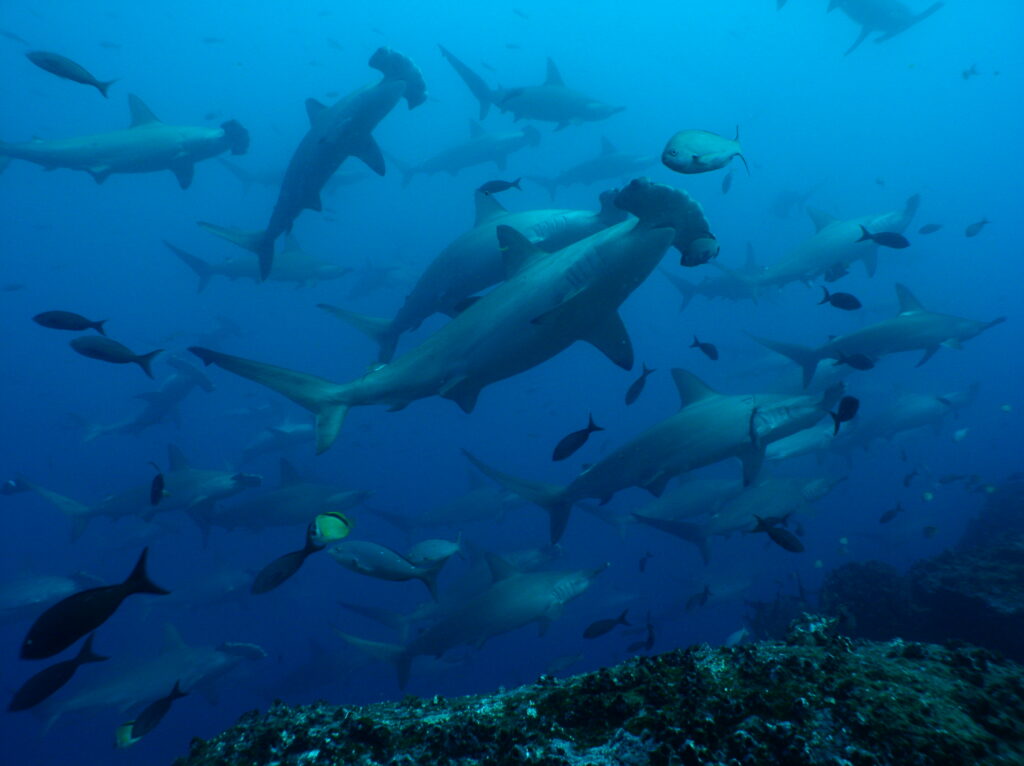

Hammerhead Sharks
Several species of threatened sharks swim in U.S. waters, but few are as easily identifiable as the critically endangered Great Hammerhead and Scalloped Hammerhead. Both species are hunted for their meat and fins or they are netted as bycatch in commercial nets, which leads to a mortality rate higher than 90%. As apex predators, hammerhead sharks prey on other sharks and are important ecosystem balancers that help ensure biodiversity and ecosystem health.
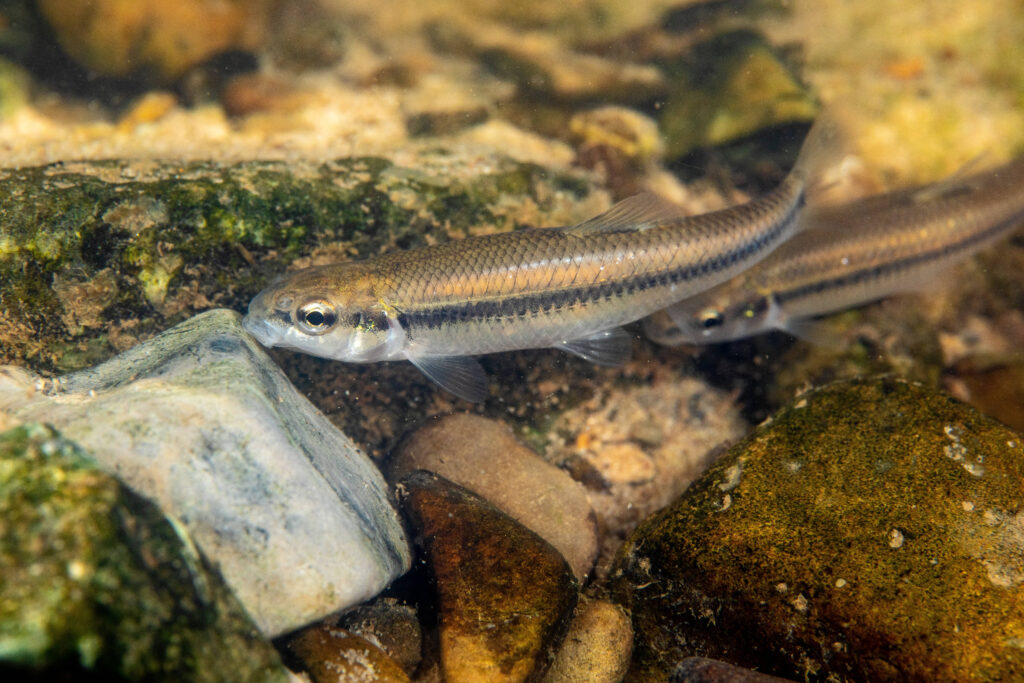

Minnows
The word “minnow” is casually used to refer to a multitude of small, freshwater fish species, though some, such as carp, can be quite large. Minnows are a diverse grouping of fish, with 31 U.S. species listed as endangered or critically endangered, frequently as a result of wetland degradation due to drought, dams, and inadequate wastewater management. Minnows play an important role in freshwater ecosystems. They eat insects, other fish, and plants, and are a food source for larger animals, such as fish, frogs, turtles, and birds. In some cases, such as the situation with the Rio Grande Silvery Minnow, a healthy minnow population is considered a sign of a healthy river.
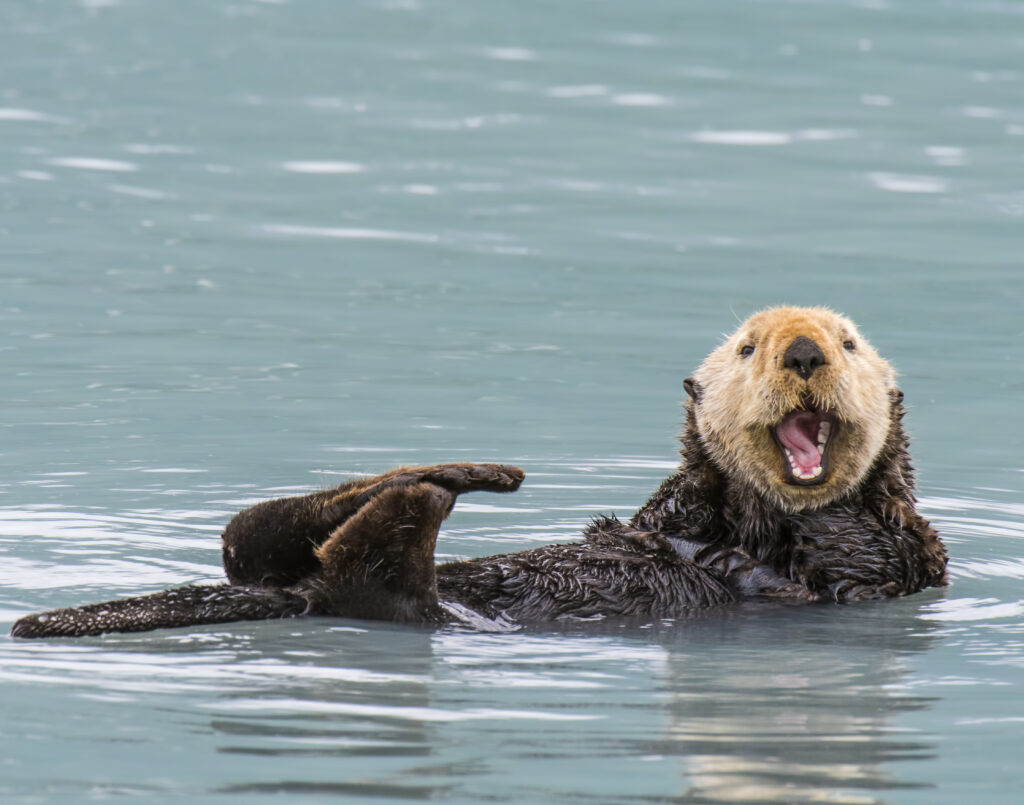

Sea Otters
Not even the lovable sea otter escapes the Red List. Categorized as endangered, two subspecies found in Alaska and California are also listed as “threatened” under the Endangered Species Act. Suffering from habitat loss and a diminished kelp canopy that helps protect otters from dangers such as orcas and sharks, sea otters remain a keystone species. As Defenders of Wildlife points out, sea otters indirectly help reduce atmospheric carbon dioxide by maintaining the kelp forests that absorb carbon. Plus, they’re great for tourism.
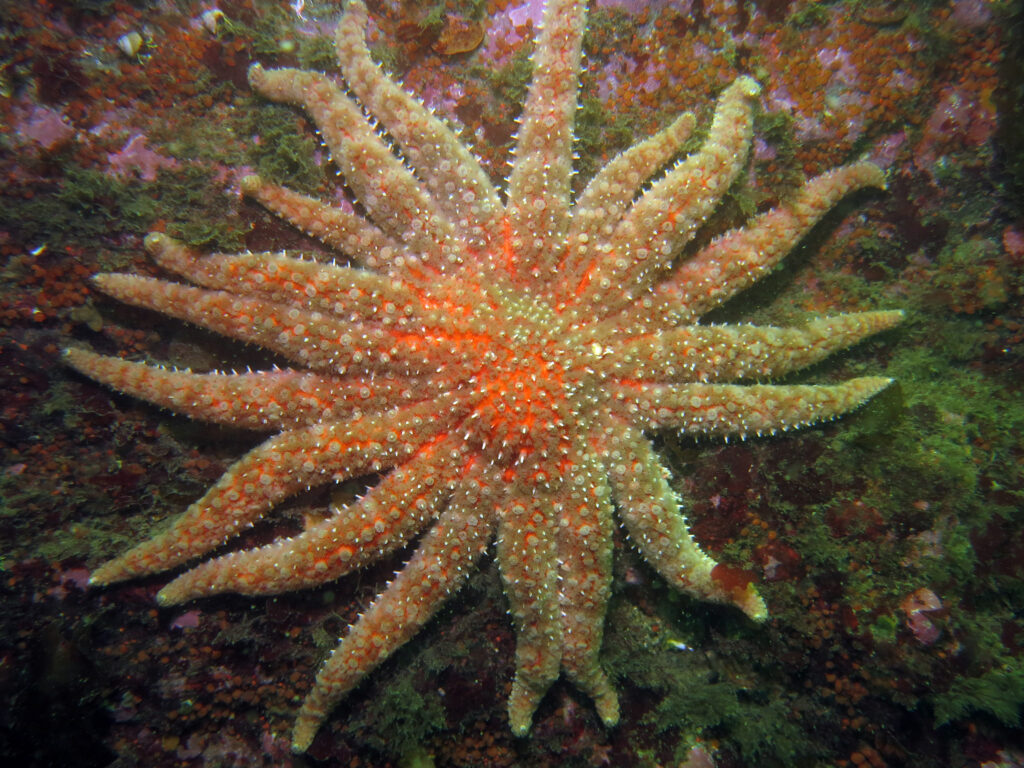

Sunflower Sea Star
The only critically endangered U.S. starfish on the list, the Sunflower Sea Star has dramatically decreased due to SSWS—sea star wasting syndrome. It’s unclear what causes the disease though some scientists speculate it’s due to viral or bacterial infections exacerbated by unusually warm waters. Starfish are ocean predators and hunters of sea urchins, and sea urchins eat kelp, which helps protect sea otters. Fewer Sunflower Sea Stars means more sea urchins, which means less kelp, which means more danger for sea otters.
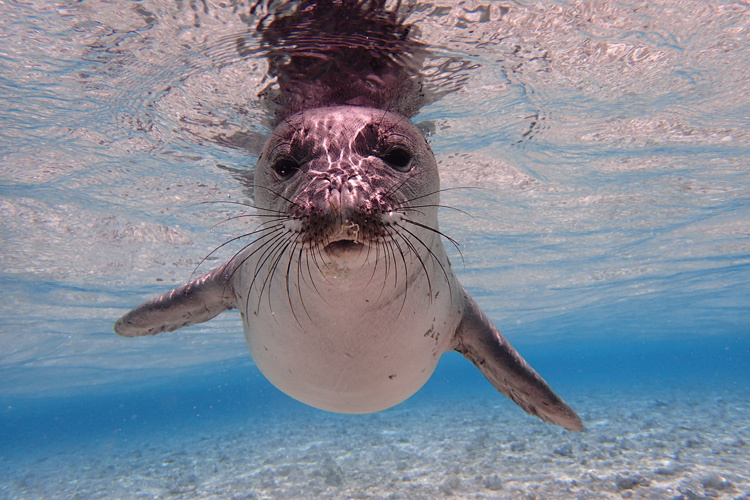

Hawaiian Monk Seal
The Hawaiian Monk Seal is one of the most endangered seal species in the world. However, after decades of population decline, the tide may have turned. With recovery efforts in place, the National Oceanic and Atmospheric Administration Fisheries marked a 2% population growth each year from 2013 to 2021. While this isn’t enough to get the Hawaiian Monk Seal out of hot water, it does offer hope. While previous threats were often associated with U.S. military bases and chemical contaminants, current threats include food limitations as a result of oceanic changes and competition, entanglement in fishing nets and debris, sharks, and aggression from other seals due to shrinking territories. As another apex predator, Hawaiian Monk Seals are essential for ecosystem balance, preying on squid, crustaceans, and fish.
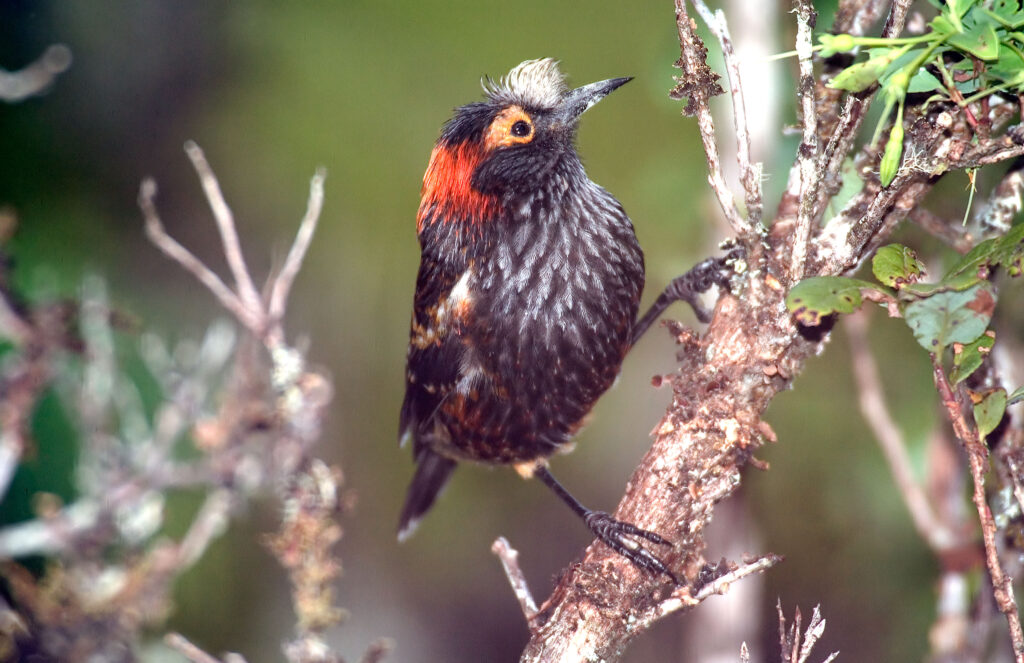

Akohekohe
Also known as the crested honeycreeper, this critically endangered bird is the largest of the Hawaiian honeycreepers, a group of finch species native to Hawaii. Much like the finches Darwin wrote about in the Galapagos Islands, each species evolved with its own unique characteristics. The Akohekohe is found only on the island of Maui where one of its most significant threats is mosquito-borne avian malaria. When mosquitos first arrived to the islands, they stayed in lower altitudes where it was warm, while the colder, higher altitudes remained relatively mosquito free. The point of separation is known as the “mosquito line.” According to the Maui Forest Bird Recovery Project, the region below the mosquito line is uninhabitable to native birds, as they’re likely to quickly die from mosquito-borne disease. Unfortunately, with climate change and warming temperatures, the mosquito line is rising. Mosquitos now reach higher altitudes, and the safe zone for birds is shrinking.
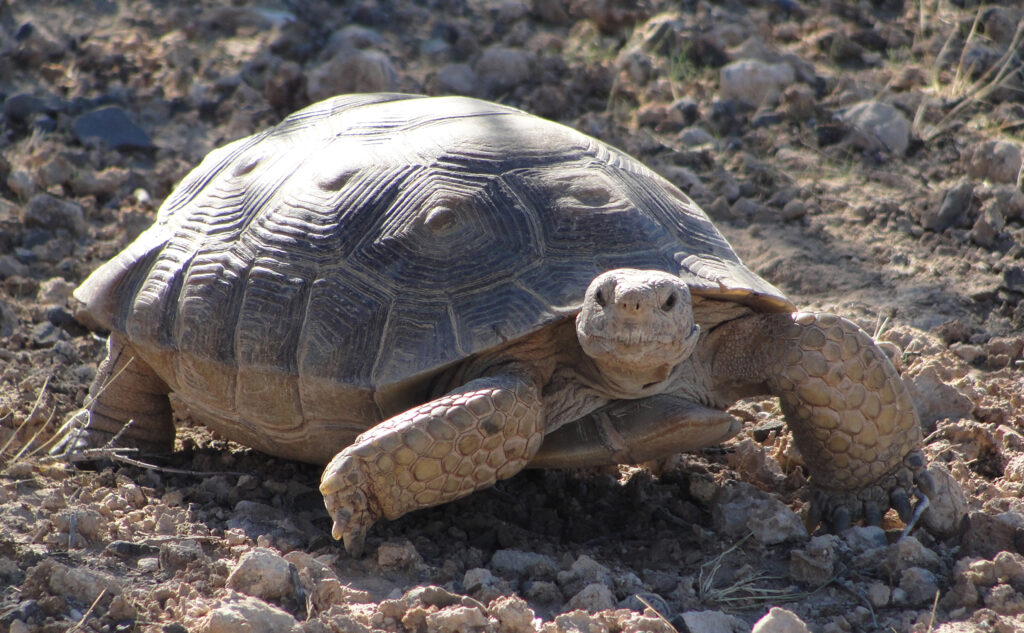

Mojave Desert Tortoise
One of three similar desert tortoises, the Mojave Desert Tortoise is critically endangered. Suffering from the effects of drought, climate change, disease, pollution, and habitat degradation, the Mojave Desert Tortoise is also a target for illegal wildlife trafficking. The Mojave Desert Tortoise is considered a keystone species by creating burrows that benefit other desert animals. Protecting the Mojave Desert Tortoise may protect other animals, such as the sidewinder rattlesnake, different species of lizards, and peregrine falcons.
How you can help
It takes more than just parks and preserves to save our planet’s wildlife. We can all do our part by planting native trees and plants—which support pollinators and provide habitat for native species—and by backing legislation that strengthens the Endangered Species Act.
We can also make small lifestyle changes that make a BIG difference to reduce our individual carbon footprint and promote a healthier planet. Learn more at TheEnvironmentExcuse.org.
Stay in touch and get the latest WildAid updates.
SIGN UP